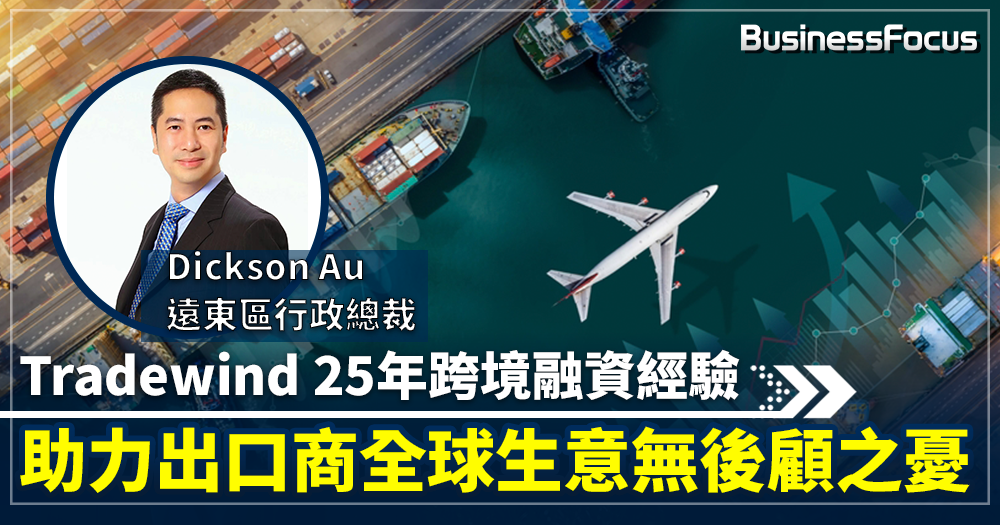In a collective sense, both reverse factoring and classic factoring serve a similar purpose – enabling businesses to streamline their cash flow by simplifying the complexities associated with invoices. In both cases, there is a third-party factoring company involved. It acts as an intermediary that is responsible for providing short-term credit, and hence, working capital to both buyers and suppliers.
However, when it comes to choosing tailored factoring solutions for any and every business according to their specific needs, it is critical to first get familiar with the nuances and main benefits that both types bring to the table. To best address the dilemma of reverse factoring vs. factoring, we will explore the key differences between Factoring and Reverse Factoring in this blog.
Differences Between Factoring & Reverse Factoring
The main difference is that with classic factoring, it is the supplier that initiates the factoring. As such, they assume more risk. Even though classic factoring is supplier-initiated, it is the buyer’s creditworthiness that is considered when making decisions around financing. On the other hand, with reverse factoring, it is the buyer that initiates the factoring and hence bears more risk. Here, as in the case of classic factoring, the approval depends on the buyer’s financial condition. Let’s take a closer look at what both types of factoring mean, along with their advantages:
What is Traditional Factoring?
With traditional factoring, the suppliers assign their unpaid invoices to a third-party finance provider. The factoring institution pays 80-90% of the amount immediately to the supplier and then collects the rest of the amount once the customer has cleared the invoice. A small amount is deducted as a fee for the services provided by the factoring company.
This type of factoring helps address challenges associated with non-payment or delayed payment for suppliers. It enables them to get paid without having to wait for their customers to clear invoices. This allows them to keep operations running smoothly or work on their expansion plans.
Benefits of Traditional Factoring
- Better Cash Flow Management:
Once the deliveries are made, suppliers have little control over when the payments will be cleared by the buyers. They are often required to draft contracts with terms that are more in favor of the buyer. This is where invoice factoring is the ideal solution. One of the quickest and easiest ways for suppliers to get their invoices cleared and receive quick funds is through invoice factoring.
- Faster Approvals:
Most growing businesses are eligible for invoice factoring as they do not have to provide a strong balance sheet or an excellent credit score. As minimum documentation is required, the process for getting approvals on invoices is quick and hassle-free. In most cases, the invoice is cleared by the factoring company in a day or two.
- Economical Solution:
Classic factoring is one of the most sought-after solutions to optimize cash flow. Why so? Suppliers can receive an advance of up to 95% of the invoice amount with factoring fees as low as 1.5%. The fees are calculated based on multiple factors like the nature of your business, which sector it belongs to, the number and the value of invoices, and your customer’s creditworthiness.
What is Reverse Factoring?
Also known as Supply Chain Financing, Reverse Factoring is initially set up by buyers. The buyer receives the products or goods from the suppliers. The supplier then uploads or sends unpaid invoices to the factoring company. The buyer then approves the invoice. If the suppliers require immediate payment, the invoices are cleared by the factoring company, minus a small percentage deducted as a fee. The buyer pays the invoice amount to the factoring company as per the time limit mentioned in the contract.
Reverse financing works in favor of both parties. While suppliers gain quicker access to money they are to receive for the deliveries made, buyers get more time to pay off the hefty sums they owe to the suppliers.
Benefits of Reverse Factoring
- Ideal Contract Terms:
Here, buyers have the flexibility to negotiate better payments while drafting the contract. The buyer can benefit from longer payment cycles or conditions without hurting their suppliers’ cash flow. The supplier receives the payment immediately in a reverse factoring arrangement. As the buyer’s credit is considered instead of the supplier’s, the suppliers are charged a lower interest rate.
- Streamlined Payment Processes:
A third-party finance provider can take on the responsibility of optimizing cash flow for both buyers and suppliers, through effective invoice clearance processes. Managing payments can be a challenging task for both buyers and suppliers, especially if they work with multiple companies across the globe. Instead of paying multiple suppliers individually, buyers only have to pay the reverse factoring provider.
- Strong Buyer-Supplier Relations:
With reverse financing, the relationship between buyer and seller remains steady as it introduces an external finance provider to handle invoicing-related processes. The factoring company provides solutions that are designed to serve the needs of both buyers and suppliers, paving the way for long-term collaborations on diverse projects.
Tradewind Finance – A Leading Invoice Factoring Company
Tradewind Finance provides international trade finance to the world’s small- and mid-market. Founded in the year 2000, with more than 20 offices worldwide, we transact across all continents. Because of our deep understanding of the textile and apparel industry, we can provide each client with a tailor-made solution based on location, products, and payment terms.
Located in India, Bangladesh, Pakistan, China, Vietnam, and Turkey, our clients typically sell to major retailers and wholesalers in the U.S., Europe, and the Middle East. We finance sales to leading brands including Gap, Ralph Lauren, H&M, Dockers, Target, Levi’s, Inditex, C&A, New Yorker, Pepe Jeans, Arcadia Group, Express, and more.
We provide pre-export and export financing for sales made on open accounts, letters of credit, and documentary collections. Our international expertise enables us to structure credit facilities for companies based anywhere in the world that transact in USD, EUR, GBP, and other major currencies. Using purchase order funding, inventory lending, letters of credit, and structured guarantees, our solutions help align the needs of both buyers and sellers.



